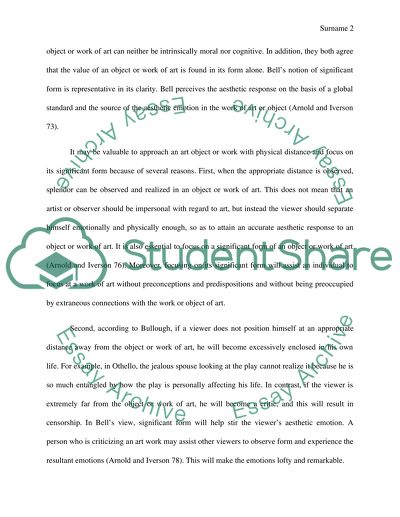Cite this document
(“Essay on 'psychical distance and 'significant form' in artwork”, n.d.)
Retrieved from https://studentshare.org/visual-arts-film-studies/1458367-essay-on-psychical-distance-and-significant-form
Retrieved from https://studentshare.org/visual-arts-film-studies/1458367-essay-on-psychical-distance-and-significant-form
(Essay on 'psychical Distance and 'significant form' In Artwork)
https://studentshare.org/visual-arts-film-studies/1458367-essay-on-psychical-distance-and-significant-form.
https://studentshare.org/visual-arts-film-studies/1458367-essay-on-psychical-distance-and-significant-form.
“Essay on 'psychical Distance and 'significant form' In Artwork”, n.d. https://studentshare.org/visual-arts-film-studies/1458367-essay-on-psychical-distance-and-significant-form.


